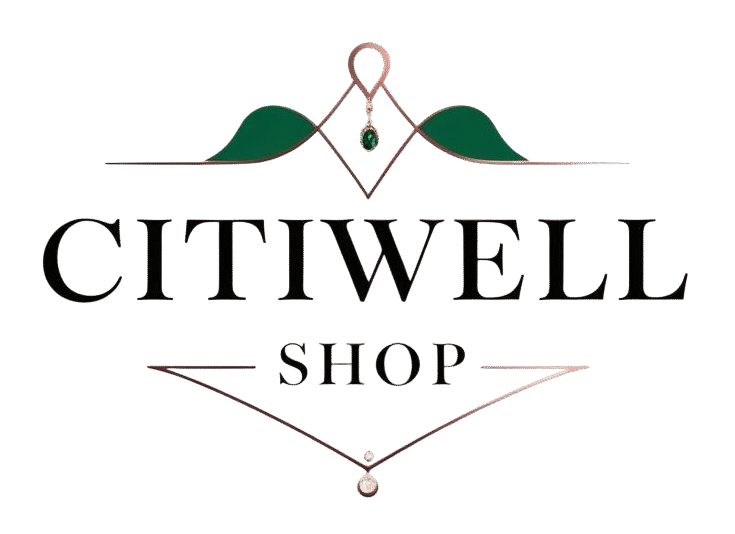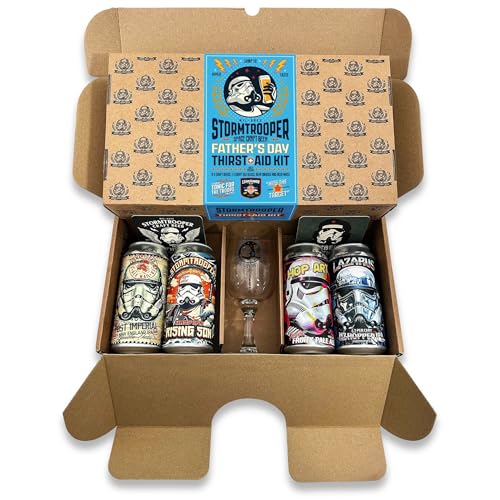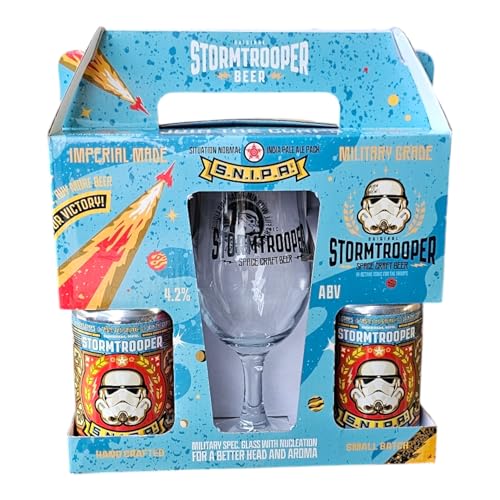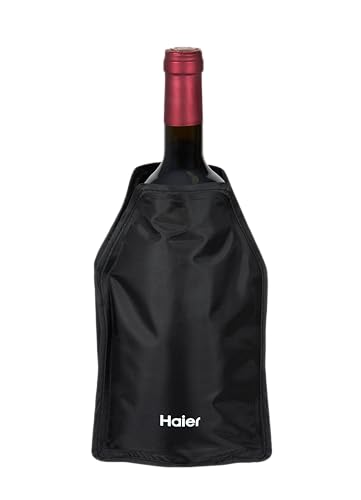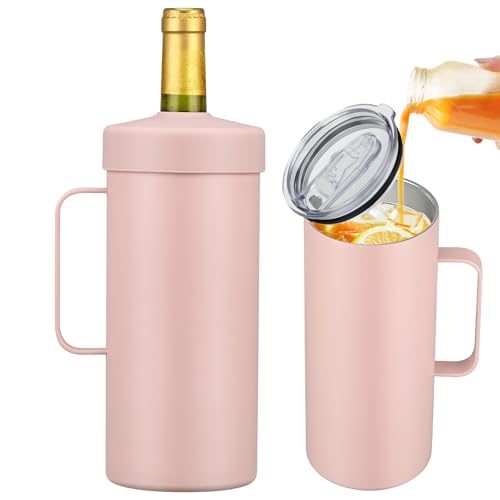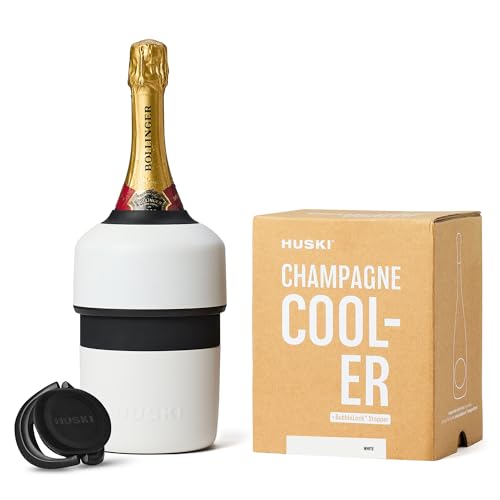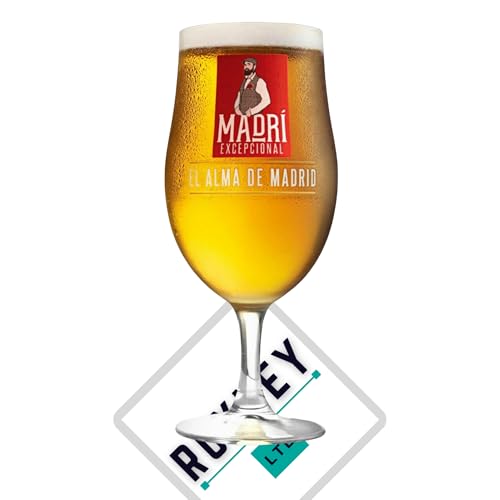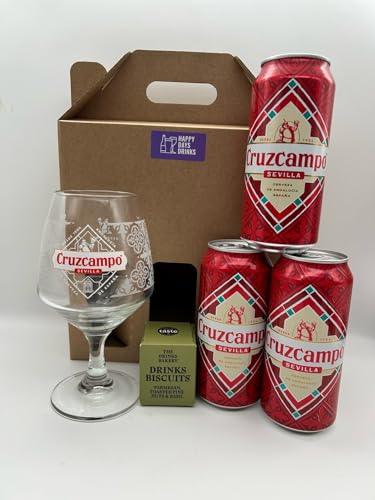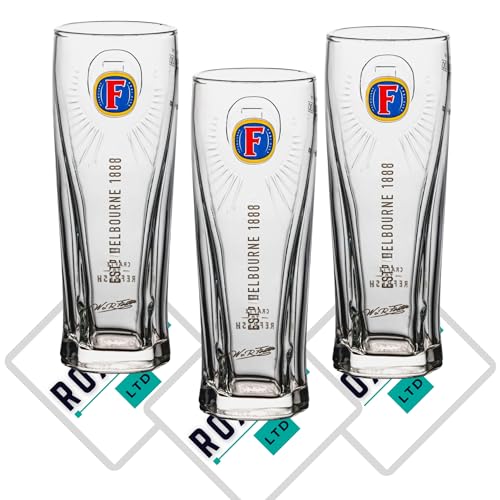This post may contain affiliate links which means we may receive a commission at no cost to you, if you make a purchase through a link. Please see our full disclosure for further information.
British beer is a cornerstone of UK culture—from creamy stouts in London pubs to hoppy IPAs in Manchester breweries. Top British Beer Brands You Need to Try spotlights iconic labels and their star products, breaking down ingredients, tastes, pros and cons, and official links. Whether you’re a beer novice or a craft fan, Top British Beer Brands You Need to Try helps you navigate the UK’s rich brewing scene. Each brand tells a story, and their beers reflect regional flavors you won’t find anywhere else.
1. Guinness (Stout)
Brand Background
Guinness hails from Ireland, but it’s a staple in UK pubs (since 1759). It’s known for its dark color and creamy texture—synonymous with British pub culture.
Representative Product: Guinness Draught
- Ingredients: Irish barley, roasted malt, Fuggles hops, yeast, and soft water (to keep it smooth).
- Taste: Rich, with notes of coffee and dark chocolate. The famous “cream head” adds a velvety finish.
- ABV: 4.2% (easy to drink over a long pub session).
Pros & Cons
- Pros: Versatile—pairs with pub food like fish and chips or steak pies. The cream head stays intact for 5+ minutes.
- Cons: Heavy for some; not ideal if you prefer light, crisp beers. Needs a proper “Guinness pour” (6-step method) to taste its best.
Why It’s a UK Favorite
UK pubs train staff to pour Guinness perfectly. It’s the go-to choice for casual drinks with friends—no British pub visit feels complete without it.
Official Website: www.guinness.com
2. Boddingtons (Cream Ale)
Brand Background
Founded in Manchester in 1778, Boddingtons is the “cream of Manchester.” Now owned by Molson Coors, it remains a beloved light ale with a signature frothy top—iconic in Northern UK.
Representative Product: Boddingtons Pub Ale
- Ingredients: Manchester soft water (key for creaminess), pale malt, Saaz hops (mild bitterness), and a special yeast strain.
- Taste: Smooth and slightly sweet, with hints of citrus and caramel. The foam (from nitrogen) makes it feel light on the palate.
- ABV: 3.8% (great for daytime drinks or beginners).
Pros & Cons
- Pros: Refreshing—cuts through heavy UK comfort food (like pie and mash). The can has a “widget” to recreate the pub’s cream head at home.
- Cons: Low hop bitterness—craft beer fans may find it too mild. Hard to find on tap outside the North of England.
Why It’s a UK Favorite
It’s a symbol of Manchester’s brewing heritage. Locals call it “Boddies” and serve it chilled—perfect for warm summer days in city beer gardens.
More Info: Boddington’s
3. Newcastle Brown Ale (Brown Ale)
Brand Background
Launched in Newcastle in 1927, this beer is a UK classic. Now owned by Heineken, it’s often called “Newkie Brown” by locals and remains a staple in Northeast England.
Representative Product: Newcastle Brown Ale
- Ingredients: Pale malt, crystal malt (for color), Goldings hops (subtle bitterness), and Northumbrian water.
- Taste: Nutty and malty, with a hint of toffee. It’s smoother than most brown ales—easy to drink.
- ABV: 4.7% (stronger than Boddingtons but still sessionable).
Pros & Cons
- Pros: Pairs well with spicy food (like Newcastle’s famous pease pudding). Bottles are compact—great for picnics in UK parks.
- Cons: Can taste flat if not chilled properly. Some find the malt flavor too dominant.
Why It’s a UK Favorite
It’s the official beer of Newcastle United Football Club. Fans drink it before matches, and it’s a symbol of Northeast pride.
Official Website: Heineken Newcastle Brown Ale Page
4. BrewDog (Craft IPA)
Brand Background
Founded in Aberdeen in 2007, BrewDog revolutionized UK craft beer. It’s known for bold, hoppy IPAs and rebellious branding—loved by younger beer drinkers.
Representative Product: BrewDog Punk IPA
- Ingredients: Maris Otter malt (UK-grown), Cascade and Chinook hops (citrusy, piney), yeast, and filtered water.
- Taste: Bright and hoppy, with notes of grapefruit and pine. A slight sweetness balances the bitterness.
- ABV: 5.6% (strong enough for craft fans, not overpowering).
Pros & Cons
- Pros: Packed with flavor—ideal for those who hate “bland” beers. Available in most UK supermarkets (not just pubs).
- Cons: The hop bitterness can be sharp for beginners. More expensive than mass-produced beers (around £2.50 per bottle).
Why It’s a UK Favorite
BrewDog opened “beer hotels” and bars across the UK (e.g., in London, Edinburgh). It made craft beer mainstream—no longer just for “beer geeks.”
Official Website: www.brewdog.com
5. Greene King (IPA)
Brand Background
Greene King is one of the UK’s oldest breweries (founded in Bury St. Edmunds in 1799). It’s a household name, with pubs in every UK town.
Representative Product: Greene King IPA
- Ingredients: Pale malt, Challenger hops (earthy, floral), yeast, and East Anglian water (hard, which enhances hop flavor).
- Taste: Balanced—malt sweetness with a subtle hop bite. Notes of honey and grass make it easy to drink.
- ABV: 3.6% (perfect for long pub lunches).
Pros & Cons
- Pros: Affordable (around £1.80 a pint in pubs). Pairs with almost any pub food—from scampi to Sunday roast.
- Cons: Less hoppy than craft IPAs—may feel “plain” to hop lovers. Some find it too light (like a lager-IPA hybrid).
Why It’s a UK Favorite
Greene King owns over 3,000 UK pubs. Its IPA is the default choice for many—reliable, consistent, and familiar.
Official Website: www.greeneking.co.uk
6. Bass (Ales)
Brand Background
Founded in Burton upon Trent in 1777, Bass is famous for its red triangle logo (the UK’s first registered trademark). Now owned by Molson Coors, it’s a classic English ale.
Representative Product: Bass Pale Ale
- Ingredients: Burton water (hard, with high mineral content), pale malt, Fuggles hops (earthy), and top-fermenting yeast.
- Taste: Crisp and malty, with hints of lemon and biscuit. The mineral water gives it a unique “Burton tang.”
- ABV: 4.4% (sessionable, with enough flavor to stand out).
Pros & Cons
- Pros: A true “English ale”—reflects Burton’s brewing heritage (the town is called the “beer capital of the UK”).
- Cons: Hard to find on tap outside the Midlands. The mineral taste can be odd for first-time drinkers.
Why It’s a UK Favorite
It’s been featured in books (like Great Expectations) and films. Beer fans see it as a “heritage beer”—a taste of old Britain.
More Info: Bass & Company
7. Foster’s (Lager)
Brand Background
Foster’s started in Australia, but it’s become a UK staple (since the 1980s). Now owned by Carlsberg Group, it’s the go-to lager for many Brits—especially in busy city pubs.
Representative Product: Foster’s Lager
- Ingredients: Pilsner malt, Saaz hops (mild), yeast, and filtered water (to keep it crisp).
- Taste: Light and refreshing, with subtle citrus notes. No strong bitterness—easy to drink quickly.
- ABV: 4.0% (ideal for summer barbecues or sports events).
Pros & Cons
- Pros: Widely available—you’ll find it in every UK pub and supermarket. Cheap (around £1.50 a pint in budget pubs).
- Cons: Too “bland” for craft fans. Not as crisp as European lagers (like Heineken).
Why It’s a UK Favorite
It’s marketed as a “laid-back” beer—perfect for UK summer festivals (like Glastonbury) or watching football.
Official Website: www.fosters.co.uk
Why These Brands Define UK Beer
Top British Beer Brands You Need to Try covers every corner of UK brewing: creamy stouts from Ireland (loved in the UK), hoppy IPAs from Scotland, and classic ales from England’s Midlands. Each beer fits a UK moment—Guinness for pub nights, BrewDog for craft sessions, and Boddingtons for summer gardens.
The best way to try them? Visit a local “real ale” pub (look for the CAMRA sign—Campaign for Real Ale). These pubs serve cask-conditioned beer (fresh from the barrel) that tastes better than bottled versions.
With Top British Beer Brands You Need to Try, you’ll not just drink beer—you’ll taste UK culture, one pint at a time.
Uncover further inspiration in our blog.

